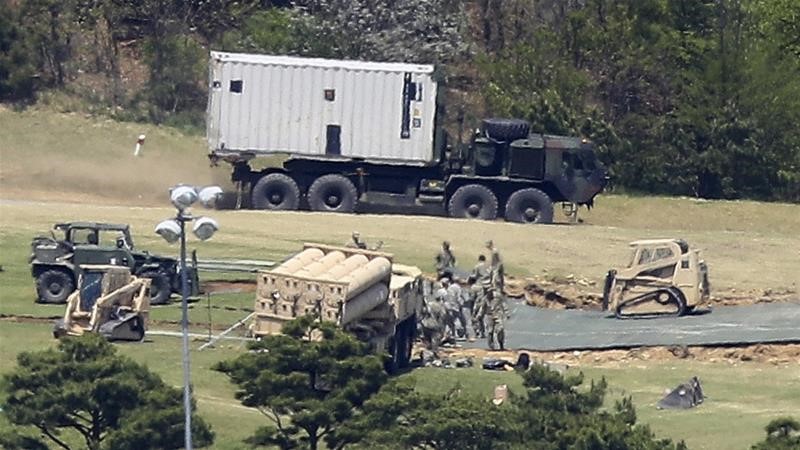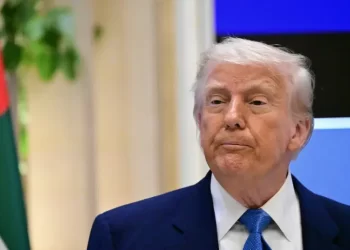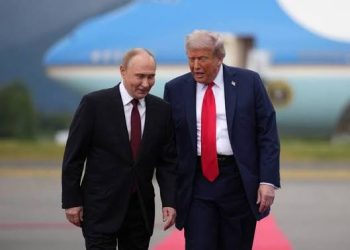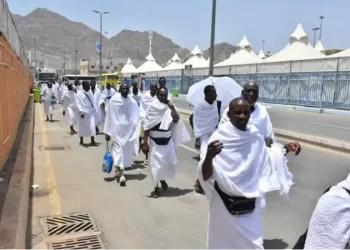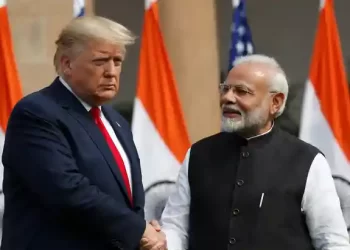The US military’s missile defence system in South Korea has reached an initial operating capability to defend against North Korean missiles, US defence officials have said.
The Terminal High Altitude Area Defence (THAAD), designed to intercept and destroy ballistic missiles during their final phase of flight, has now reached an “initial intercept capability”, a US defence official, speaking on the condition of anonymity, told the AFP news agency on Monday.
Reuters, also citing anonymous US officials, confirmed the development, but cautioned that THAAD would not be fully operational for a period of months.
The US and South Korea are forging ahead with the system despite staunch objections from China.
Beijing fears THAAD will weaken its own ballistic missile capabilities and says the system upsets the regional security balance.
THAAD’s deployment comes as tension soars on the Korean Peninsula following a series of missile launches by the North, and warnings from US President Donald Trump that military action is an “option on the table”.
The North has carried out five nuclear tests in the last 11 years and is widely believed to be making progress on building a missile capable of delivering a warhead to the continental US.
Its foreign ministry warned on Monday that the country was prepared to carry out a nuclear test “at any time and at any location” set by its leadership.
The North will continue bolstering its “pre-emptive nuclear attack” capabilities unless Washington scraps its hostile policies, said a statement carried by the state-run KCNA news agency.
The Trump administration is meanwhile making a renewed diplomatic push to bring Pyongyang back to the negotiating table, a move China has welcomed.
Trump told the Bloomberg news agency on Monday that he would not rule out meeting North Korean leader Kim Jong-un, under the right conditions.
“If it would be appropriate for me to meet with him I would, absolutely. I would be honoured to do it,” Trump said.
The White House promptly told the press that conditions were not right yet.
The US is looking for China to use its influence with Pyongyang to rein in its advancing nuclear and missile programmes, and it is unclear how Beijing will react to THAAD’s activation.
China has imposed a host of measures seen as economic retaliation against the South for the THAAD deployment, including a ban on tour groups.
The system has also generated controversy in South Korea. Moon Jae-in, who is leading in polls for South Korea’s May 9 presidential election, has called for deployment to be delayed until after the next administration is in place and can review the decision.
Local residents in the southern county of Seongiu, where the system is being installed on a former golf course, are worried they will be a target for North Korean missiles.
The US currently has six THAAD batteries worldwide.
Given its specifications are secret and that it has never been used in wartime, THAAD’s ability to deal with a barrage of missiles is uncertain, however.
In addition to the new THAAD system, South Korea also operates a Patriot PAC-3 missile defence system while Japan is upgrading its PAC-3 defences and mulling a shore-based version of the Aegis missile-defence system used on Japanese ships. – Al Jazeera.

